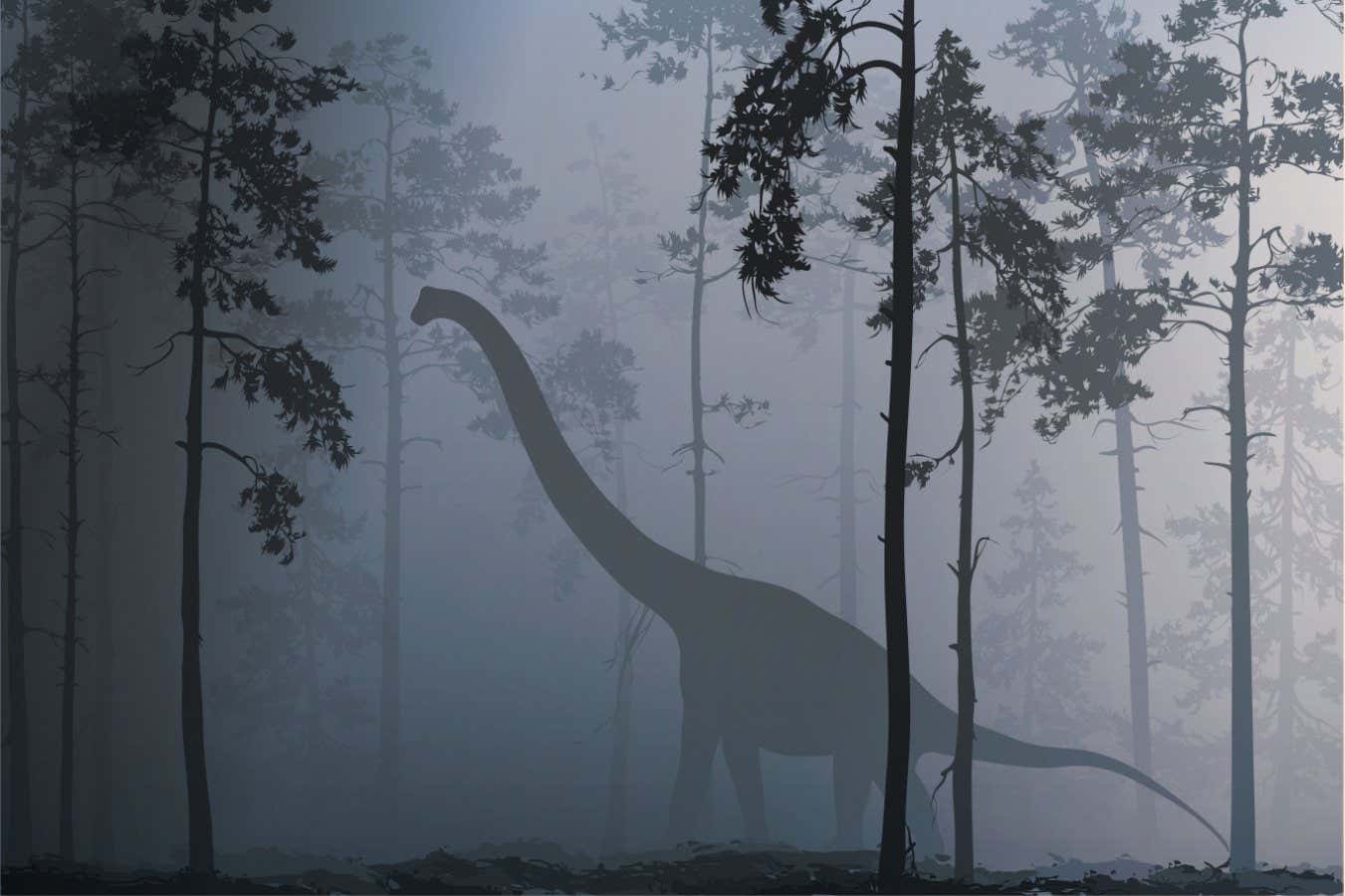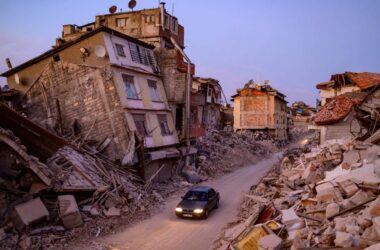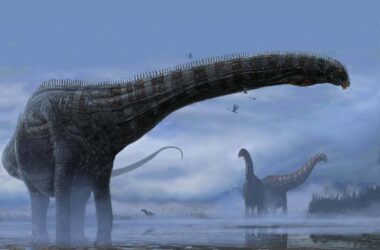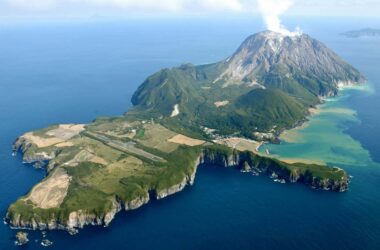According to new research, when a massive asteroid hit Earth 66 million years ago, the resulting dust from pulverized rocks blocked out the sun for 15 years. This dust may have been the main cause of the mass extinction event that led to the extinction of the non-avian dinosaurs and numerous other species.
The impact of the Chicxulub asteroid ejected sulphur-based gases and large amounts of silicate dust into the atmosphere. Additionally, the impact triggered wildfires worldwide, releasing soot and carbon dioxide into the air.
This led to an “impact winter” where 75% of the species on the planet perished.
Previous research mainly focused on the effects of sulphuric gas emissions and soot injections from global wildfires. However, this new study conducted by Cem Berk Senel at the Royal Observatory of Belgium in Brussels suggests that the silicate dust from the impact may have also played a significant role in sustaining the global winter.
The team analyzed fine-grained material found at a site in North Dakota dating back to the time of the Chicxulub impact. They discovered that the diameter of the grains ranged from 0.8 to 80 micrometres, with an average size of 2.88 micrometres.
By incorporating this information into a climate model, the researchers determined that sulphur gases initially caused global cooling by blocking sunlight. However, these gases only remained in the atmosphere for about eight years.
In contrast, silicate dust lingered in the air for 15 years after the impact, indicating its significant contribution to sustaining the global winter. The researchers found that the dust alone caused a 15°C drop in Earth’s surface temperature, gradually weakening after the first couple of years.
Moreover, the dust was more effective than the sulphur gases at blocking the wavelengths of light used by plants and phytoplankton for photosynthesis.
Senel suggests that “Only the silica dust resulted in long-lasting photosynthetic shutdown after the impact,” which led to a lack of food for many species and subsequently triggered a series of extinctions on both land and in the oceans.
Further studies on the long-term climatic effects of the asteroid impact are in progress in order to gain more insights into one of the biggest mass extinction events in history.
Topics:








